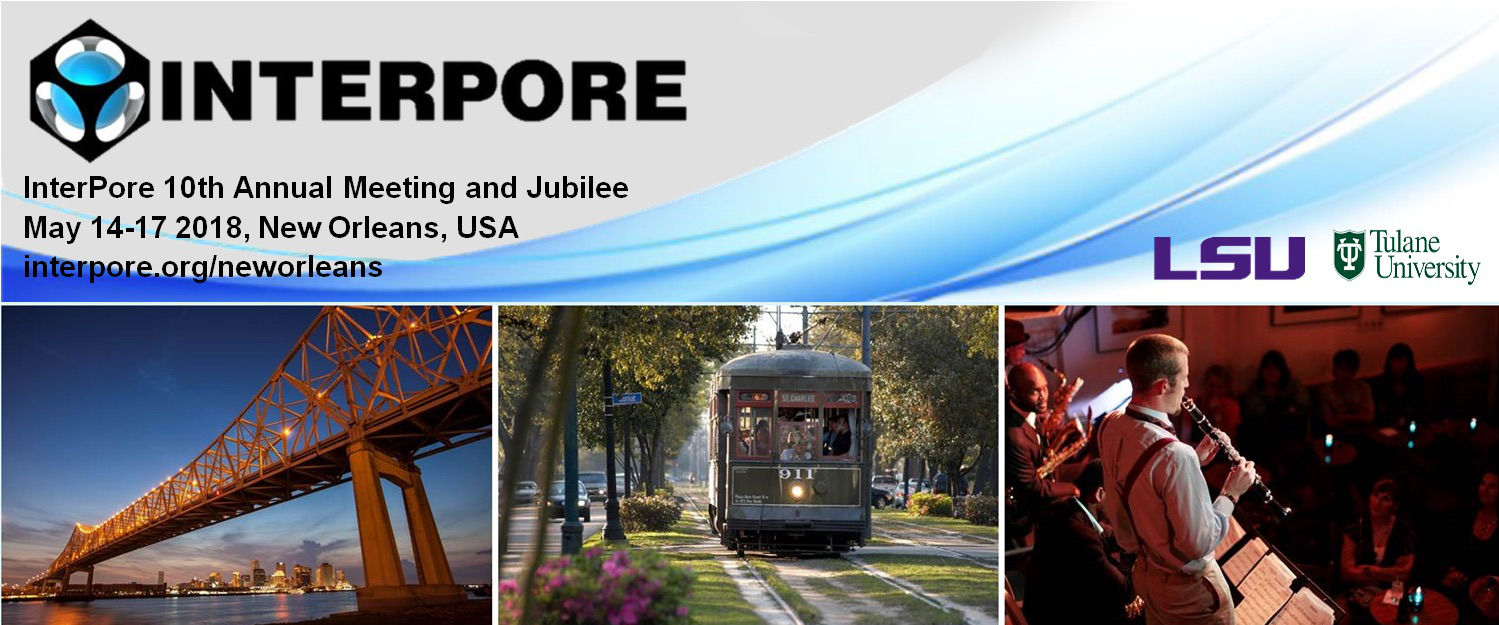Speaker
Description
4D-µCT is an increasingly popular tool to study dynamic processes in situ, for example in material science and porous media studies. The technique allows to resolve changes in a material's microstructure over time and in three spatial dimensions. Typically, a sample is scanned continuously during a relevant time-span, corresponding to multiple sequential conventional µCT scans, which are reconstructed and processed (analyzed) separately afterwards. However, the individual reconstructions of 4D-µCT scans often suffer from noise and motion artefacts. Also, the full dataset contains a temporal correlation which is typically not being exploited. In this presentation, we propose to use piecewise linear fitting, which starts from the low quality reconstructions and performs a piecewise linear fit in the time direction for each voxel. Despite yielding an improved contrast-to-noise ratio in every individual reconstruction, the technique does not introduce spatial blurring. Additionally, the technique results in a parametrization of the temporal domain, which can be directly used to analyze the dynamic process under investigation.
This piecewise linear fitting technique is applicable for a broad range of applications. It does not require prior knowledge, but can be adapted to exploit prior knowledge where it is available.
The technique is demonstrated on complementary samples from geological and pharmaceutical applications. The results show the improvement in the contrast to noise ratio and the potential to use the results in the further data analysis which needs to be performed after the reconstruction.
| Acceptance of Terms and Conditions | Click here to agree |
|---|


